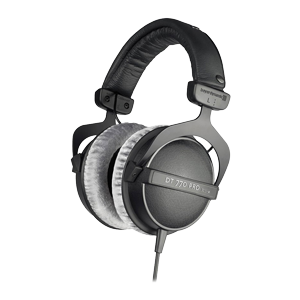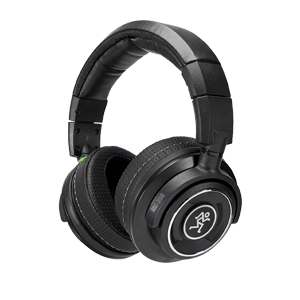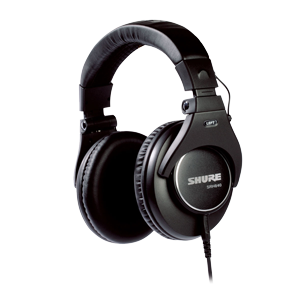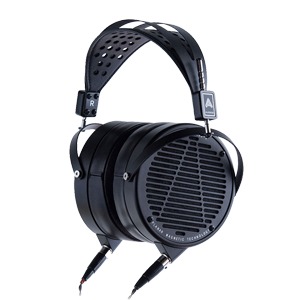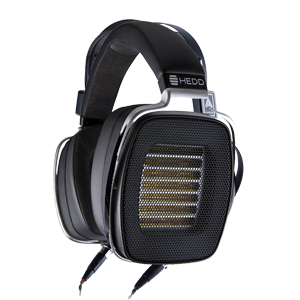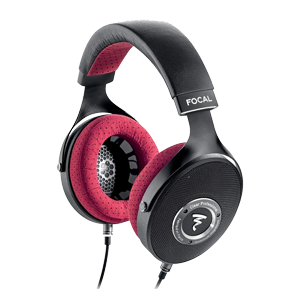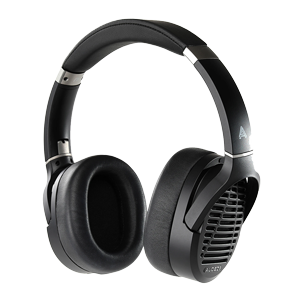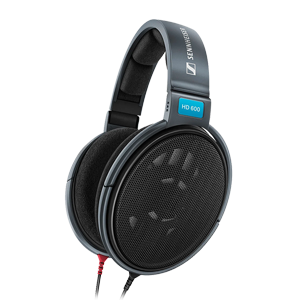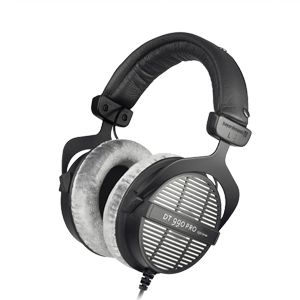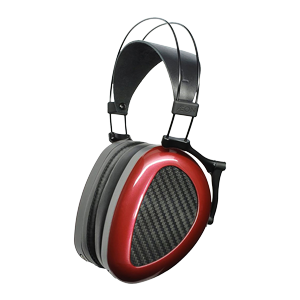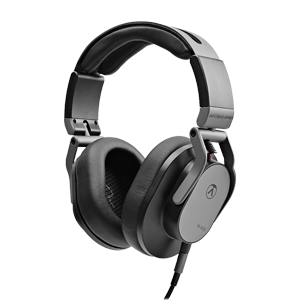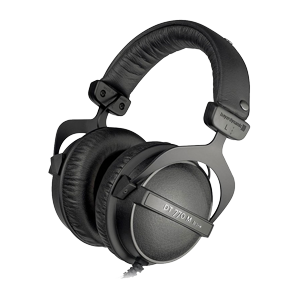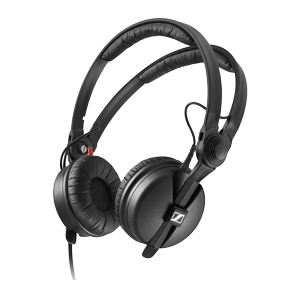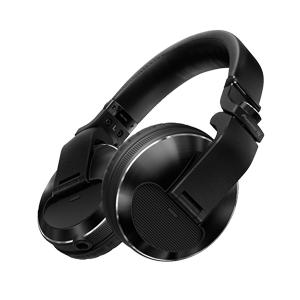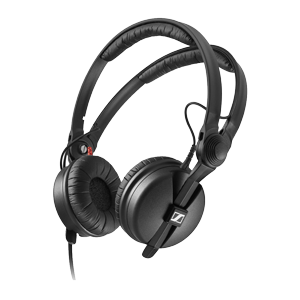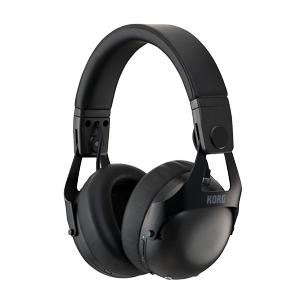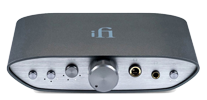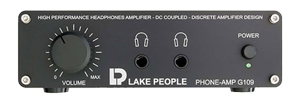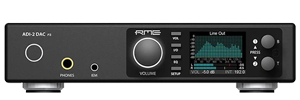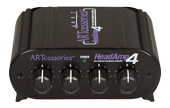Studio Headphones Buyers Guide
What Are Studio Headphones?
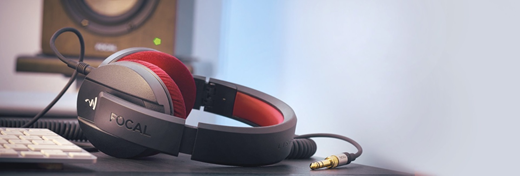
Studio headphones extensively do two main tasks in the studio, tracking (listening whilst recording) and mixing. In ear headphones are also often used on stage for monitoring, but much less in the studio. There are three main factors to consider when choosing headphones, sound quality, comfort & isolation. How important each one of those are to you will depend on your application.
Choosing Studio Headphones
Choosing the right studio headphones may seem a little overwhelming. Let’s take a look at some important considerations to take into account so you're better equipped to make the right choice.
Tracking Headphones
Electric Guitar and Bass:
You could use standard closed-back headphones, open-back headphones, or no headphones at all. This is of course dependant on your method of recording. As the audio level from the amplifier will be quite loud, it’s unlikely that open-back headphones will audibly bleed into the mic. You may however choose to use closed-back headphones for better isolation. With bass guitar recording in particular, you may be recording direct (DI) in which case there wouldn’t be any need for headphones at all given that there’d be no open mics.
Acoustic Guitar (and other acoustic Instruments):
Always best to go with closed-back headphones when it comes to recording acoustic instruments. You want to eliminate any possible bleed through to the microphone so good isolation is a top priority.
Drums:
You want a closed back model as isolation is key when it comes to tracking drums. As well as blocking out the sound of the drums (allowing the drummer to hear the mix), it also keeps the click and reference mix from bleeding out into the microphones.An alternative approach for click track is to feed the click into a single IEM, leaving the drummer to hear normally through the other ear. See our recommendations for Live Sound, as the attributes are equally suitable for drums.
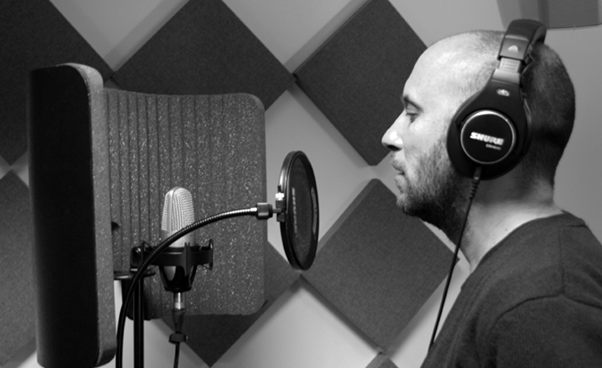
Vocals:
There’s two trains of thought on this one, which is best is down to the preference of the vocalist, as what you really need is a well recorded good take, not a beautifully recorded bad take. Most producers prefer using closed back headphones to minimise spill after compression and other dynamic post processing. However, the closed back approach can sometimes lead to what is known as the occlusion effect where the vocalists voice can appear boomy to themselves, so you sometimes get vocalists monitoring only with one ear, or with the headphones half on one ear. You can also combat this slightly by just driving the headphones louder, though whilst fine for most rock and pop vocals, it can be less suitable for quiet, emotional songs.
The other approach is to use a set of open back headphones, this reduces the occlusion effect, but both the backing track and the monitored vocal do spill more onto the recording. This method is only suitable when using a backing track and not a click track, which doesn’t make its way onto the final recording. This method can limit the effectiveness of tuning plugins, so should only be used if it gets a better performance from the vocalist in the first place. The performance of most vocalists benefit from dynamic processing and reverb in their monitor mix, you may find that someone who objects to closed back headphones, often doesn’t when provided with a better monitor mix. A great starting point for this is Pop super-producers TMS’s monitoring vocal tutorial video, view it
here
on our youtube channel
Our Team’s favourite headphones for Tracking
Mixing Headphones
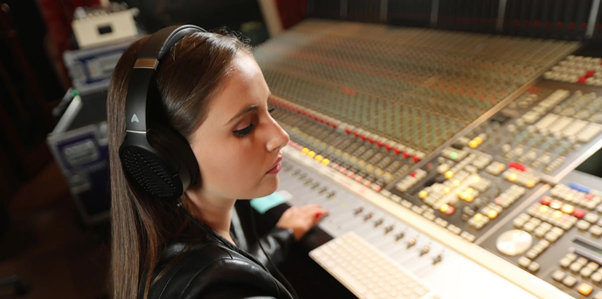
Headphones allow you to hear the mix without the influence of the room you’re listening in. You want your headphones have detail and accuracy with an even frequency response, exactly the same qualities as you would find in good studio monitors. Generally speaking, open-back headphones are recommended for mixing and monitoring applications as they have a more even frequency response than closed back models. Planar magnetic models, such as the
Audeze
and
Dan Clark Audio
ranges tend to have great detail, low distortion and fast transient response, making them ideal for mix work. Other designs such as
HEDD
’s AMT based HEDDphones and high end Dynamic models from the likes of
Focal
and
AKG
can also be great mixing options in particular.
Whatever set you choose, for best translation (your mix sounding well balanced on a variety of speakers and headphones) you should consider crossfeed, which replicates the sound from one speaker that also gets picked up in the opposing ear. Some DAC’s (such as the
RME ADI-2 DAC
) have this feature built in, otherwise you should look at plugins such as Goodhertz’s Can Opener Studio or Waves NX Mixroom. Without crossfeed you can often appear to get surrounded by the stereo field, rather than the feeling of having it in front you, as you would do a set of monitor speakers, making positioning difficult and having an exaggerated binaural stereo image.
Headphone Correction
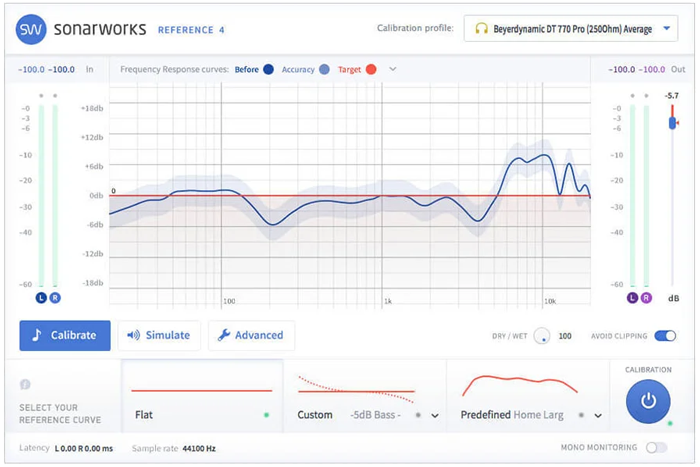
Many headphones benefit from corrective plugins, that re-eq the output to give you a more even frequency balance. Audeze owners can use the free ‘Reveal’ plugin for this task, or programs such as Toneboosters Morphit and Sonarworks Reference Headphone Plugin can also help if they support your particular model. Correction can only rebalance your headphones, not create detail, so it can’t turn the sound of a low end headphone into a high end model, but it can make it a bit more even. Different plugins often have varying correction curves for each headphone, based on the target frequency curve they are aiming for and the anatomy of their measuring rig. It’s worthwhile to download the demos for all that support your headphone and choose which one seems to fit best when you play your own choice of well mixed reference tracks.
Mastering Grade
Home Mixdowns:
Closed Back:
Live Sound
Monitoring/Front Of House (FOH)
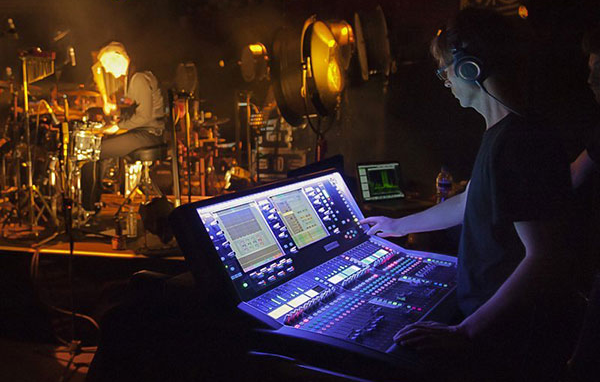
Closed-back headphones are used for checking the mix at the monitor mixing station or the FOH (front of house) position. The typical sound pressure level at the mix position is about very loud, so in order to hear the mix clearly, you’ll require headphones with good isolation for soloing and troubleshooting.
Some engineers prefer to monitor with in ear monitors with ear defenders over the top to minimise high volume exposure.
DJ
Some headphones are designed especially for DJ use, though can be used in the studio and are featured in many of the correction software plugins. They tend to be able to be driven fairly loud so they can be heard over high ambient sound levels and are always a closed-back design with good isolation. Rotational ear cups are a common feature to achieve a good on-head fit, whilst monitoring with one ear to the monitor speaker and most have a detachable, single sided cable.
Types Of Headphones
Open back - These can be either circumaural (cup the ear) or supra-aural (rest on the ear). The back of each earpiece is open, allowing sound to escape in both directions. This gives often gives them a much flatter frequency response than closed backs as there is no reflection coming from the back of the cup to interfere with the signal. Open back headphones provide an open, airy sound that isn’t fatiguing on the ears making them the ideal choice for general listening. As they are non-isolating, they typically wouldn’t be used for recording applications where microphones are used as the sound can bleed through on to the recording.
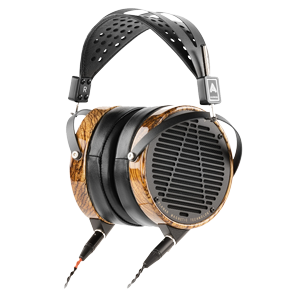
Semi-open back - As the name suggests, semi-open back headphones fall between a fully open design and a closed-back design. For the fact that they still leak considerably, just consider them open back, but a bit more pointless. They are thankfully more uncommon in recent years.
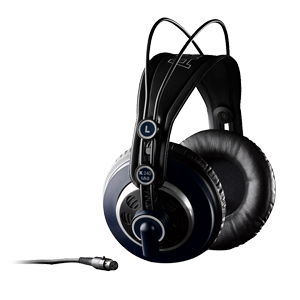
Closed back - These are typically the best choice when recording with open microphones as they offer the greatest sound isolation. The ear-cups provide a tight seal around the ear and the backs are completely closed off which prevents sound passing through in either direction. Closed back headphones usually produce stronger bass frequencies than an open back design. Due to the nature of their design, they can also be known to cause ear fatigue when worn for longer periods.
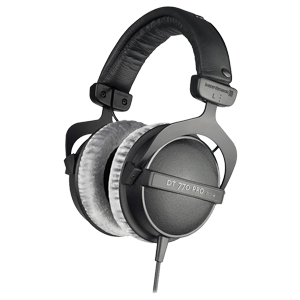
Headset – These are normally (but not exclusively) closed back and have a microphone built in, normally on a boom arm, so can be positioned very close to your mouth to reduce background noise as much as possible and can be used in a live environment for communications, or for talkback in the studio.
Cup Types.
Over Ear (Circum-aural)
These can be either closed or open-backed. The term circumaural refers to how it cups your ear. The ear-cups encircle the ear and form a seal.
• Designed with circular or ellipsoid-shaped ear pads.
• Completely encumber the ears.
• Block out background noise.
• Generally bigger in size due to how they sit over the ears.
On Ear (Supra-aural)
These are similar to circumaural headphones except that they rest on the ear instead of encircling it, They are often lighter and more portable.
• Sheathe the surface of the outer ear, but don't completely seal them
• More prone to noise leakage
• Lightweight and comfortable design.
Fit & Comfort
Depending on your application, comfort can be an important factor to consider especially for headphones being worn for longer periods. Headphones have different clamping forces (how tightly they fit on your head) and this can change slightly dependent on how extended the arms are.
Weight can also be an issue if you are using them for hours on end. Many headband designs use a suspension headband design to distribute the weight evenly across your head or have a notch cut into the top of the headband to put less pressure on the crown of your head.
Portability & Durability
Portability and durability requirements will obviously depend on how and where the headphones are to be used. Generally speaking, durability most often equates to heavier weight, lighter headphone being more susceptible to damage. If you’re travelling a lot then this is perhaps worth considering. Traditionally in the studio environment, heavier closed-back circumaural headphones are used but nowadays laptop based recording becoming more popular, you may want to consider full size headphones that can fold down to a more compact size such as the full size Dan Clark Audio Aeon 2
Cables
Another thing to consider is single-sided versus double-sided cables. Single-sided designs have internal circuitry which carry the signals to each ear piece. These are useful when tracking and in live situations, but is less common in high end studio models where each ear is fed separately. Separate wiring also enables the use of balanced output amplifiers, which feed both the positive and negative signals to the headphone at once, often giving greater dynamic detail, these are rare, but have a good benefit especially with high end models, though the differences may be limited by most enthusiast sets.
Drivers
The element inside a headphone that converts an electrical signal into sound is known as a driver unit. There can be multiple drivers to deal with different frequencies or just one to handle them all. We won’t go into too much detail on the inner workings of each but it’s important to know the key differences:
Dynamic Drivers
Dynamic drivers are the most common type used in headphones, and works in the same way as a regular speaker cone. These use a voice coil, fixed magnet and a small membrane create movement, when electrical current is passed though the voice coil, which then moves the diaphragm and creates sound waves . They exist in many different sizes ranging from very small (inside IEM’s) to much larger diameters. The material the diaphragm is made of, together with the size and shape will also determine s the sonic properties of the driver. They’re able to create a good amount of bass response without the need for excessive power and are very cost effective.
Planar Magnetic Drivers
Planar magnetic headphones are known to provide excellent quality, fast and sharp transients (short attack dynamics at the start of a sound), as well as having excellent bass response. With this technology a diaphragm is sandwiched between banks of electromagnets, A circuit pattern is etched on the diaphragm and the diaphragm is moved almost completely uniformly, resulting in extremely low distortion compared to most dynamic models.

Specifications
Impedance
Impedance ratings are something you’ll often see mentioned when looking at the specifications of headphones. Low impedance headphones require little power to deliver high audio levels. For example, low impedance headphones will work well with equipment with weak amplification like portable music players, phones, and other portable devices. Higher impendance variants of the same headphone often have a more even frequency response than low impedance ones, but there are many low impedance models available (especially with planar magneticdrivers) that have a fairly even response at low impedance.
When considering the size of headphone amplifier you need to drive a headphone properly you need to look at a combination of the impedance rating and the sensitivity.
Efficiency & Sensitivity
Essentially, efficiency has to do with energy transfer – put this many watts in, I get this much SPL out (measured in dB/mW). A low efficiency load will consume a relatively large amount of power (energy) to produce a certain SPL.
THD (Total Harmonic Distortion)
THD is a measure of how much the audio changes from when it enters the headphones to when it exits the driver in audible form. This change is referred to as distortion, although it’s not the kind of distortion that you get from guitar feedback, for example. You generally want the Total Harmonic Distortion (THD) to be as low as possible. Again, these measurements can vary between manufacturers.
Headphone Amplifiers
The vast majority of studio interfaces have a headphone output, which is functional for monitoring and tracking (if you don’t need it very loud). However they often don’t have the same output sound quality as the main line outputs. UA Apollo X and Merging interfaces both have extremely good quality and powerful amp circuits, as well as Antelope, which has the quality, but the output power is limited.
Driving a dedicated headphone amplifier from the line out puts (or a combined DAC/AMP from a digital output) not only improves the headroom of the signal (how loud it will go before saturation) and lets it drive high impedance and low efficiency models to high volume, but also often give greater separation and detail compared to the built in output. Some Amplifiers have balanced outputs that send both the positive and negative signals to the headphone at the same time, but these require special cabling to use this feature and isn’t available for all models.
Recommended Amplifiers.
There are also amplifiers designed to provide multiple loud headphone outputs for tracking musicians, these should not be used for mixing purposes as they only improve volume, not quality.
